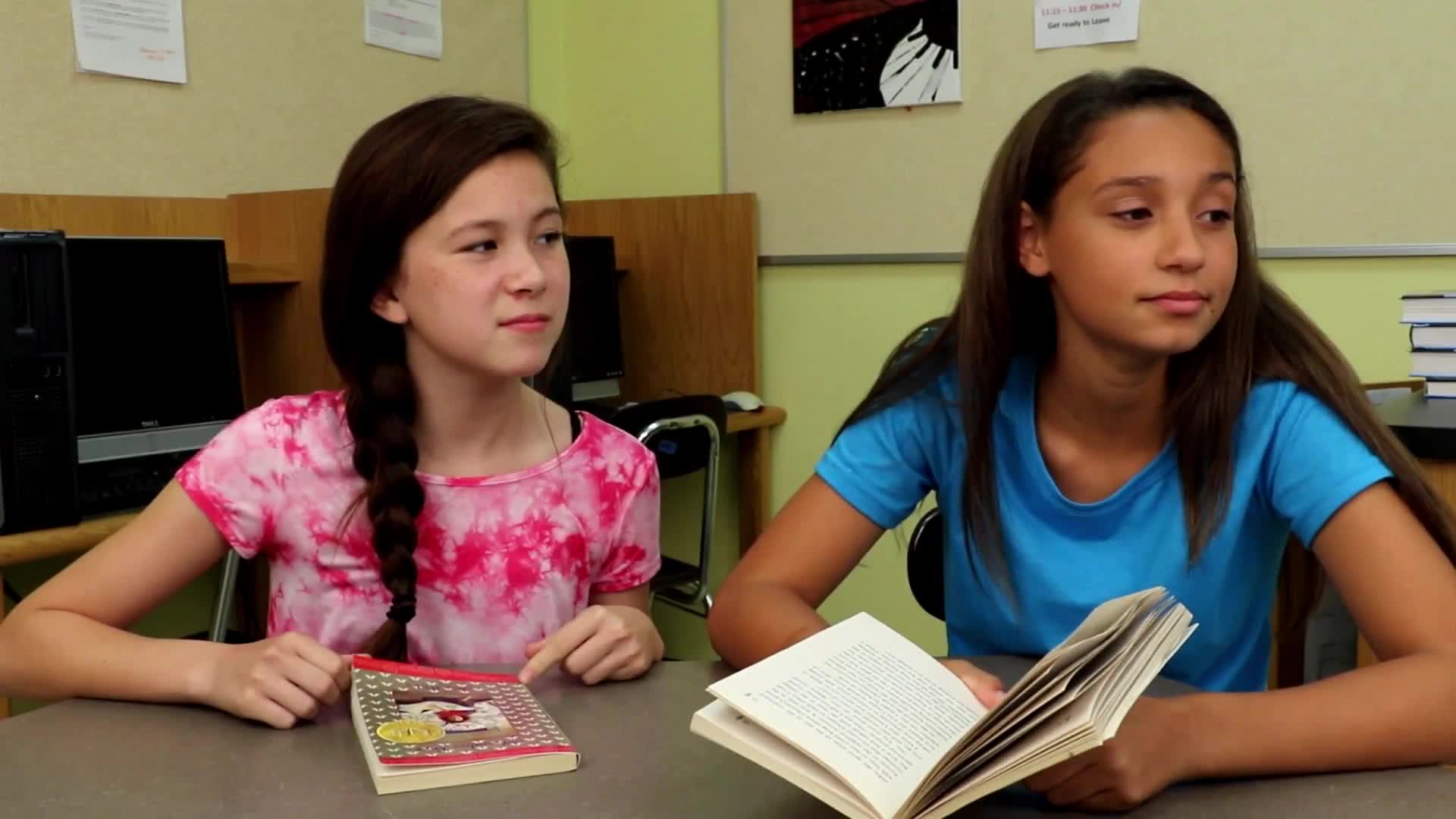
As educators, it’s essential to teach students the importance of effective communication, which includes not talking over someone during a conversation. This blog post will explore the concept of talking over someone, provide a no-prep activity for educators to use in their classrooms, and offer discussion questions to stimulate further understanding. We will also take a look at related skills and encourage users to sign up for free samples at Everyday Speech.
Introduction
Talking over someone occurs when we continue speaking while the other person is still talking. This can lead to confusion and difficulty understanding what each person is saying. By looking at the other person during a conversation, we can determine when they are talking and when it’s our turn to speak. Think of a conversation like a stoplight: if the other person is still talking, you have a red light. Once they’re done, you have a green light to talk. It’s essential to wait until the other person finishes speaking, even if we’re eager to share our thoughts. Continuously interrupting can make the other person feel upset and lead to unproductive conversations.
No-Prep Activity: Stoplight Conversations
This activity requires no preparation or materials and helps students practice not talking over someone during a conversation. It’s called “Stoplight Conversations.”
- Divide students into pairs. If you have an odd number of students, you can participate as well.
- Ask students to choose a topic for their conversation. It can be anything they’re interested in or something related to the current lesson.
- Explain the stoplight concept to the students: when one person is talking, it’s a red light for the other. When the person finishes speaking, it’s a green light for the other to begin talking.
- Have students practice having a conversation for 5-10 minutes, focusing on not talking over each other and waiting for their “green light” to speak.
- After the activity, discuss the experience as a class and ask students how it felt to wait for their turn to speak without interrupting.
Discussion Questions
- How did it feel to wait for your turn to speak during the stoplight conversation activity? Was it challenging or easy?
- Why is it important not to talk over someone during a conversation? How can it affect the overall communication?
- Can you think of a time when someone talked over you? How did it make you feel?
- What strategies can you use to remind yourself not to talk over others during a conversation?
- How can practicing not talking over someone improve our relationships with others?
Related Skills
Several other skills are relevant to teaching students about not talking over someone during a conversation. These include:
- Active listening: Encouraging students to actively listen to their conversation partners can help them avoid talking over someone.
- Self-awareness: Teaching students to be aware of their own communication habits can help them identify when they’re interrupting others.
- Patience: Developing patience can help students wait for their turn to speak without feeling the need to interrupt.
- Empathy: Fostering empathy allows students to understand how others may feel when they’re being talked over, encouraging them to avoid this behavior.
Next Steps
Teaching students not to talk over others during conversations is an essential skill for effective communication and building strong relationships. To access more activities and resources related to this skill and others, sign up for free samples at Everyday Speech. Start enhancing your students’ social-emotional learning journey today!

